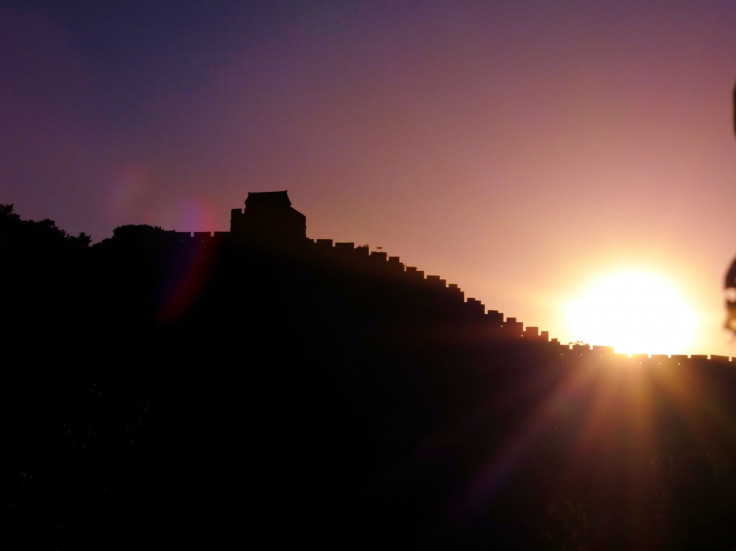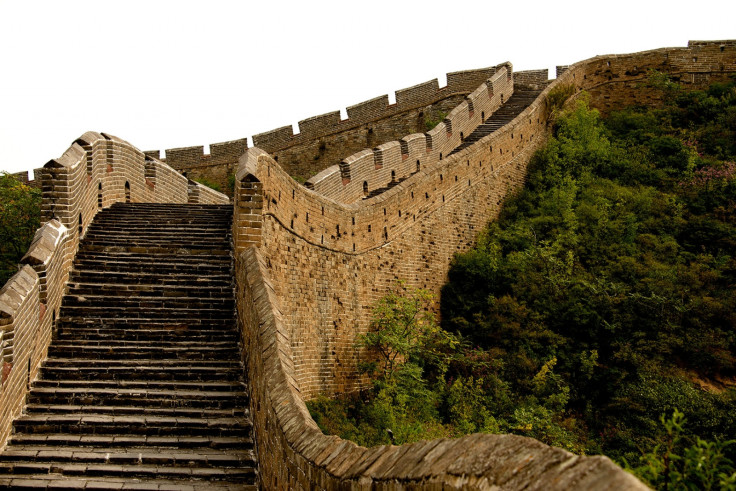Great Wall of China Held Together with Sticky Rice
Channel 4 documentary reveals dramatic new details on the Wonder of the World
The Great Wall of China is not actually one wall, but a series of overlapping fortifications held together with sticky rice.
A Channel 4 documentary, The Great Wall of China: The Hidden Story, has shed new light on the millennium-old structure through state-of-the-art drones and cutting-edge chemistry.
Over a five-year survey of the wall, scientists have discovered that it is made up of overlapping buttresses that extend over 13,000 miles – almost twice as long as previously thought.

The team has also decoded its complex signal system and explain how the wall is held together with a sticky rice soup that made it more resistant to water.
Scientists first discovered that builders mixed the sticky rice with standard mortar ingredients in 2010.
Published in the American Chemical Society Journal Accounts of Chemical Research, researchers found that construction workers in ancient China first developed the sticky rice mortar about 1,500 years ago.

Led by Bingjian Zhang from the Zhejiang University in Hangzhou, they found the mortar was stronger and more water resistant than pure lime mortar. This mix was used to construct important buildings including tombs, pagodas and city walls – some of the structures were so strong they could withstand powerful earthquakes.
The scientists wrote at the time: "Analytical study shows that the ancient masonry mortar is a kind of special organic-inorganic composite material. The inorganic component is calcium carbonate, and the organic component is amylopectin, which comes from the sticky rice soup added to the mortar.
"Moreover, we found that amylopectin in the mortar acted as an inhibitor: The growth of the calcium carbonate crystal was controlled, and a compact microstructure was produced, which should be the cause of the good performance of this kind of organic-organic mortar."

Findings also suggest the ancient mortar mix is still the best available material for restoring ancient buildings: "The test results of the modelling mortars shows that sticky rice-lime mortar has more stable physical properties, has greater mechanical strength, and is more compatible, which make it a suitable restoration mortar for ancient masonry."
The Great Wall of China: The Hidden Story - Secret History is on Channel 4 on 30 November at 8pm.
© Copyright IBTimes 2025. All rights reserved.






















